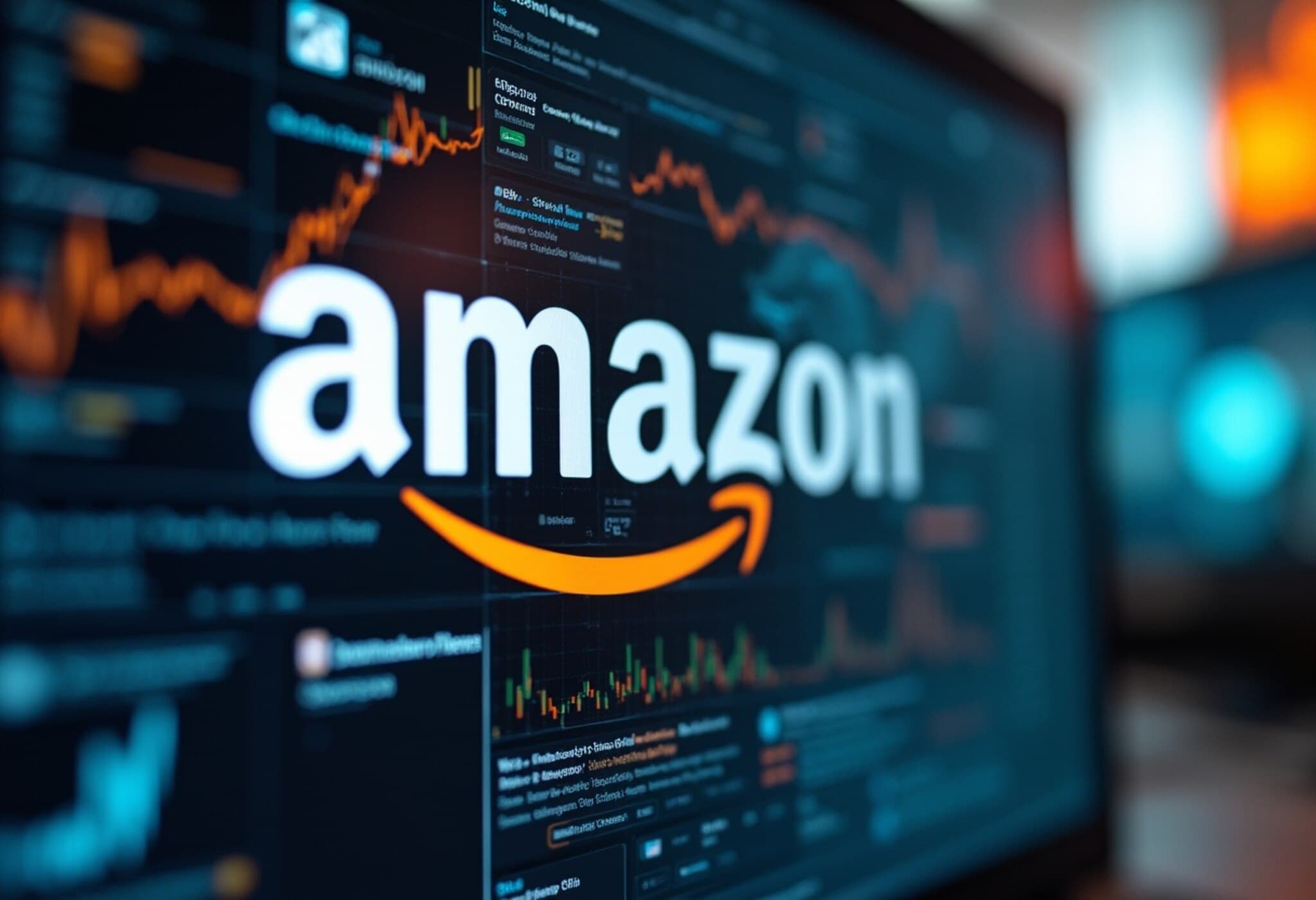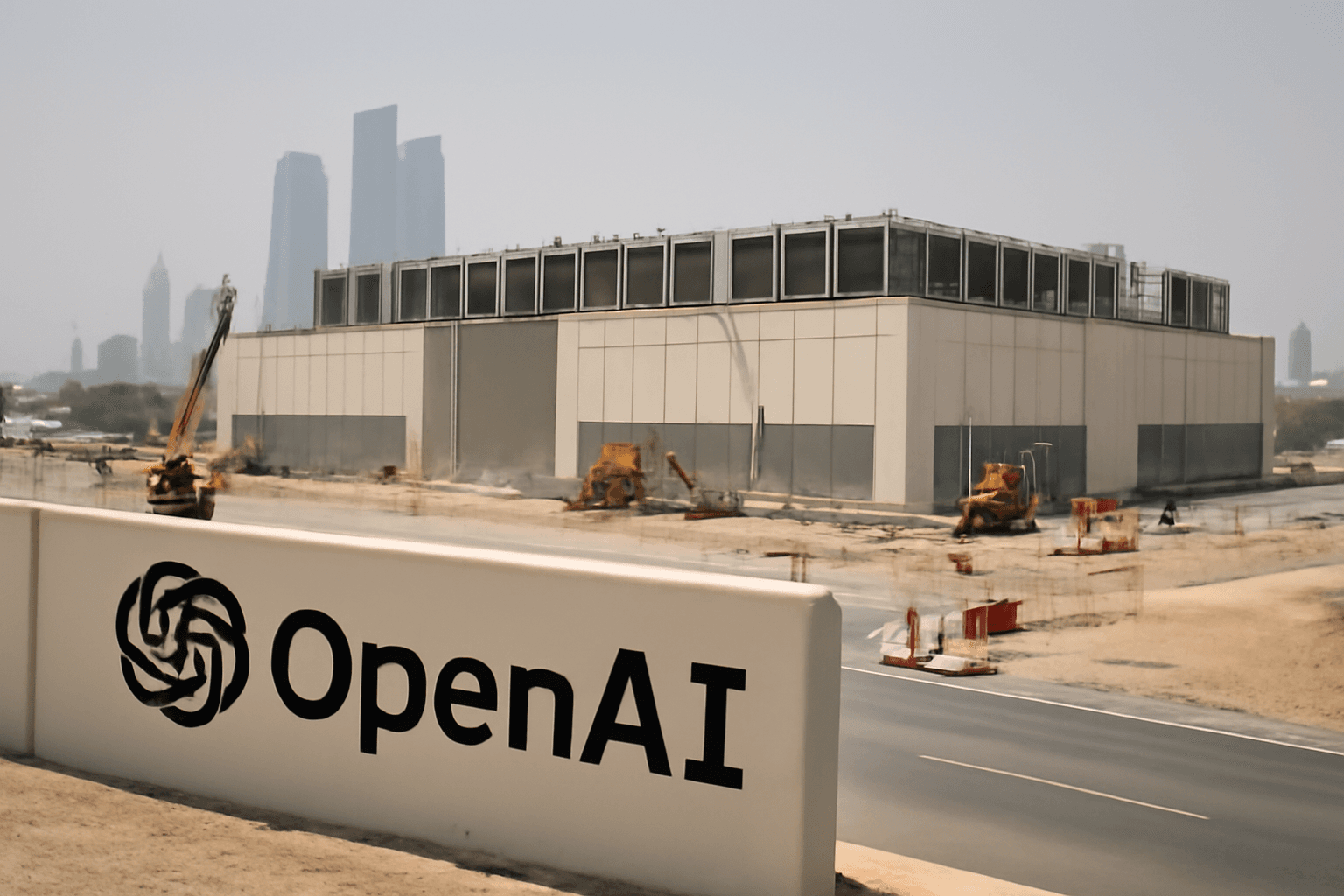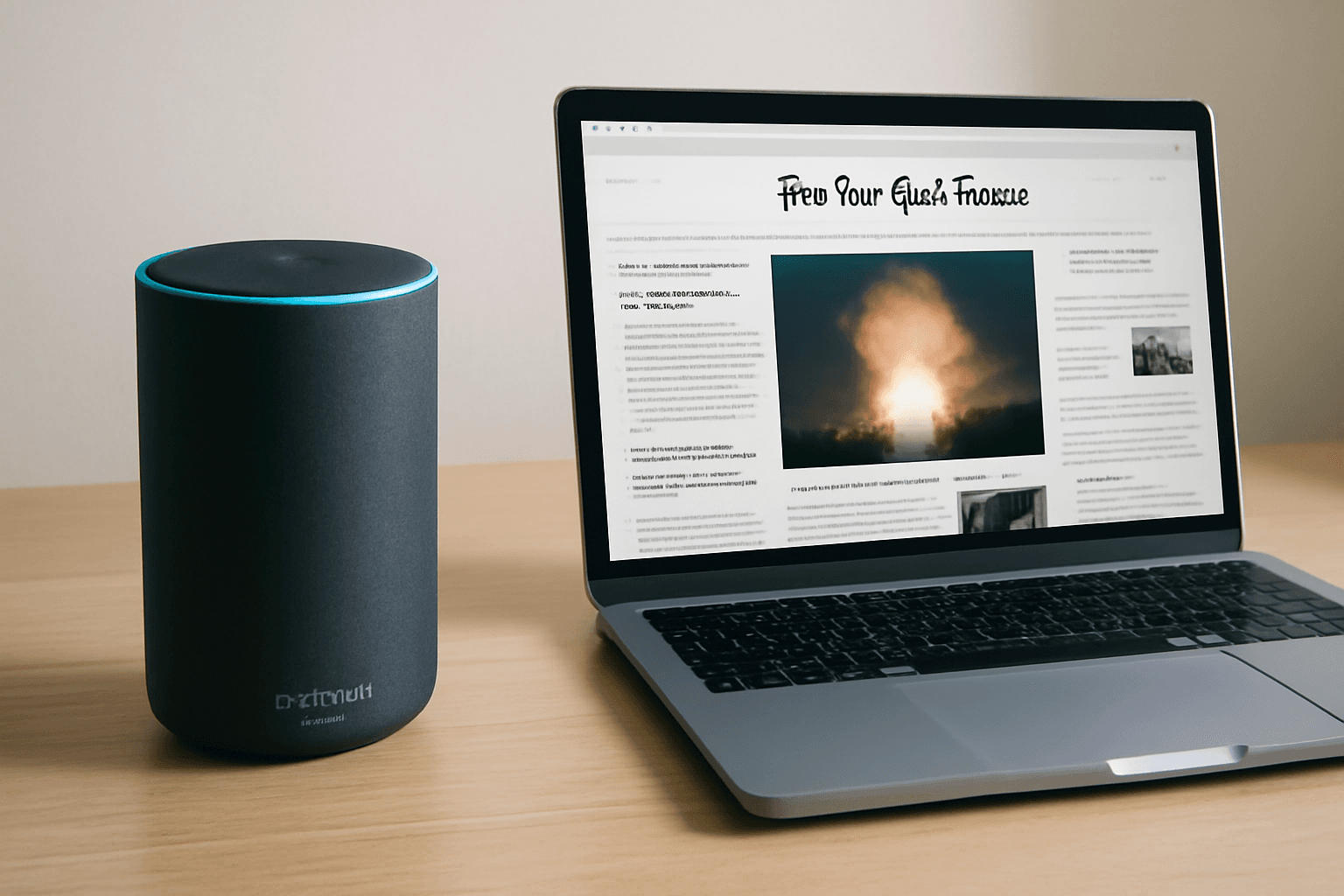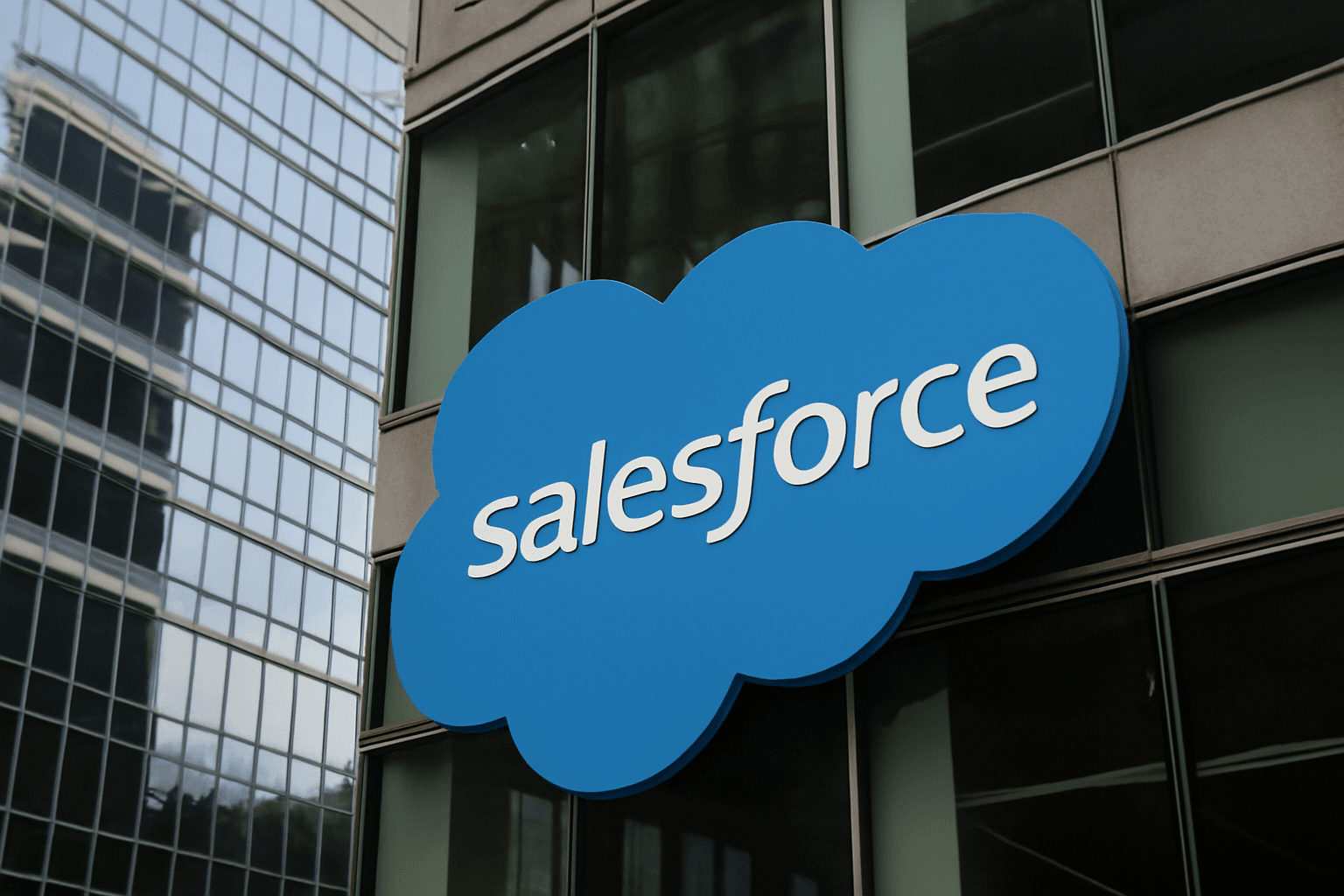Amazon Prepares to Unveil Q2 2025 Earnings Amid AI Advances and Tariff Uncertainty
Amazon is set to release its second-quarter 2025 financial results after Thursday’s market close, placing investors and analysts on alert for insights into how the tech and retail giant is navigating complex economic waters—particularly the impact of tariffs and its burgeoning investments in artificial intelligence (AI).
What Wall Street Expects: Key Financial Forecasts
- Earnings Per Share (EPS): $1.33
- Total Revenue: $162.1 billion
- Amazon Web Services (AWS) Revenue: Approximately $30.8 billion
- Advertising Revenue: Nearly $15 billion
These figures, compiled from a consensus of analysts surveyed by LSEG and StreetAccount, will give stakeholders a critical barometer of Amazon’s financial health amid a shifting geopolitical trade landscape.
Tariffs: A Lingering but Evolving Challenge
Amazon faced turbulence earlier this year when it flagged in its Q1 earnings that unpredictable trade policies and tariff-related uncertainty might weigh on growth. Despite these concerns, CEO Andy Jassy has maintained a cautious optimism, noting that so far, tariffs have not dented consumer demand and that Amazon has actively worked to stabilize pricing on its platform.
The ongoing trade tensions, largely influenced by the Trump administration’s aggressive tariff strategies, pose particular risks to Amazon’s core e-commerce business — its sprawling online stores division, which drives the lion’s share of revenue. For Q2, this unit is projected to generate about $59 billion in sales, while seller services revenue might hit nearly $39 billion.
A Shifting Competitive Landscape Bolsters Amazon's Market Share
Interestingly, Deutsche Bank analysts have observed that recent tariff adjustments might actually be providing Amazon with an unexpected boost. With increased duties on Chinese imports and the termination of the de minimis tax exemption for low-value shipments, ultra-cheap Chinese e-commerce competitors like Wish and Shein are facing headwinds, allowing Amazon to capture a greater portion of U.S. online shoppers.
This dynamic highlights a broader narrative often overlooked: how geopolitical moves reshape not just costs, but the very contours of the digital marketplace and consumer behavior.
The Cloud and AI: Cornerstones of Amazon’s Growth Strategy
Looking beyond retail, Amazon’s cloud computing arm, AWS, remains a critical growth engine, though its 17% year-over-year revenue growth in Q1 fell short of expectations and marked the slowest pace in a year. Analysts predict similar growth rates for Q2, attributing some pressure to ongoing shortages of AI chips and essential components, factors that CEO Jassy acknowledged in May.
Amazon has committed to investing up to $100 billion in 2025, primarily fueling AI innovations within AWS. This tech arms race includes competitors like Microsoft, which recently increased its 2025 capital expenditure guidance to $85 billion, underscoring the scale of AI-driven transformation in cloud services.
Alexa's AI Upgrade and Workforce Implications
Turning to AI product development, Amazon began phasing in an AI-enhanced Alexa during the quarter, signaling a new chapter for voice assistant technology. The company also unveiled an agentic AI research group within its R&D wing, pushing forward the frontiers of autonomous AI agents.
On the workforce front, Jassy revealed in June that widespread adoption of generative AI tools could lead to a reduction in Amazon’s corporate headcount over the next few years. While the net employment impact remains uncertain, this development raises important questions about the future interplay between human labor and AI in corporate America.
Stock Performance and Market Sentiment
Despite heavy AI investments, Amazon’s stock performance has lagged behind major tech peers in 2025. The company’s shares have increased by approximately 5.4% year-to-date, contrasted with roughly 20% gains for Meta and Microsoft. In comparison, Apple, which has wrestled with AI development challenges, has fallen about 15.5% during this period.
Investors will closely scrutinize Amazon’s upcoming earnings report and forward guidance for clues on whether the company’s AI bets and tariff navigation will yield stronger momentum moving forward.
Expert Insights: Navigating Complexity in a Tech-Trade Era
From a policy and economic perspective, Amazon’s Q2 earnings will serve as a case study in how multinational corporations adapt to intertwined technological innovation and international trade uncertainties. The interplay of federal tariff policies—constantly subject to political whims—and AI-centric growth strategies underscores the challenge of steering corporate behemoths through volatile regulatory and competitive environments.
Moreover, the potential workforce reductions linked to AI adoption highlight labor-market transformations that merit broader societal and policy discussions about skills, displacement, and equitable transitions in the digital economy.
Looking Ahead: What to Watch Post-Q2
- Tariff Outlook: Will Amazon’s guidance reveal optimism or caution about future trade risks?
- AI Investment Updates: Any confirmation or revision of Amazon’s $100 billion spending promise?
- Cloud Growth Trajectory: Can AWS regain its growth pace amidst supply chain challenges?
- Labor Impact: How will AI-enhanced efficiencies reshape Amazon’s workforce over time?
Editor’s Note
Amazon’s upcoming earnings report encapsulates the balancing act between innovation and external pressures in today’s corporate landscape. As the company pioneers AI advancements and wrestles with trade disruptions, its performance provides a glimpse into broader economic shifts affecting global commerce, technology development, and labor markets. For readers and investors alike, the report invites reflection on how dominant tech firms manage complex forces shaping the future of business and society.



















